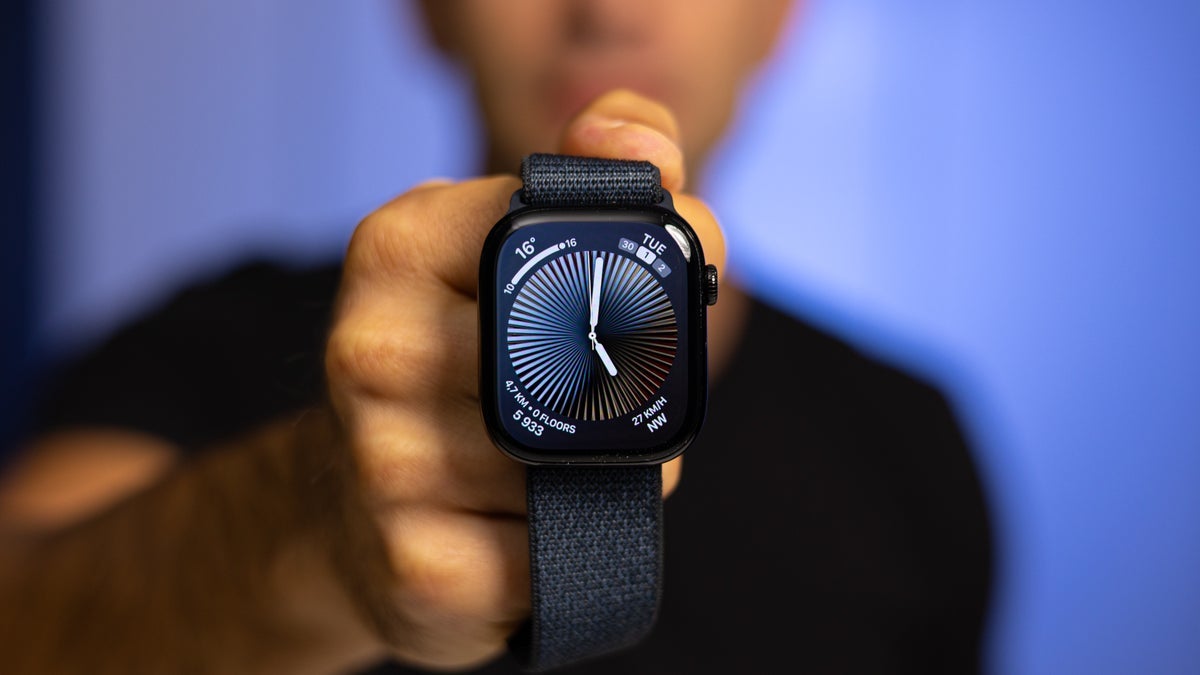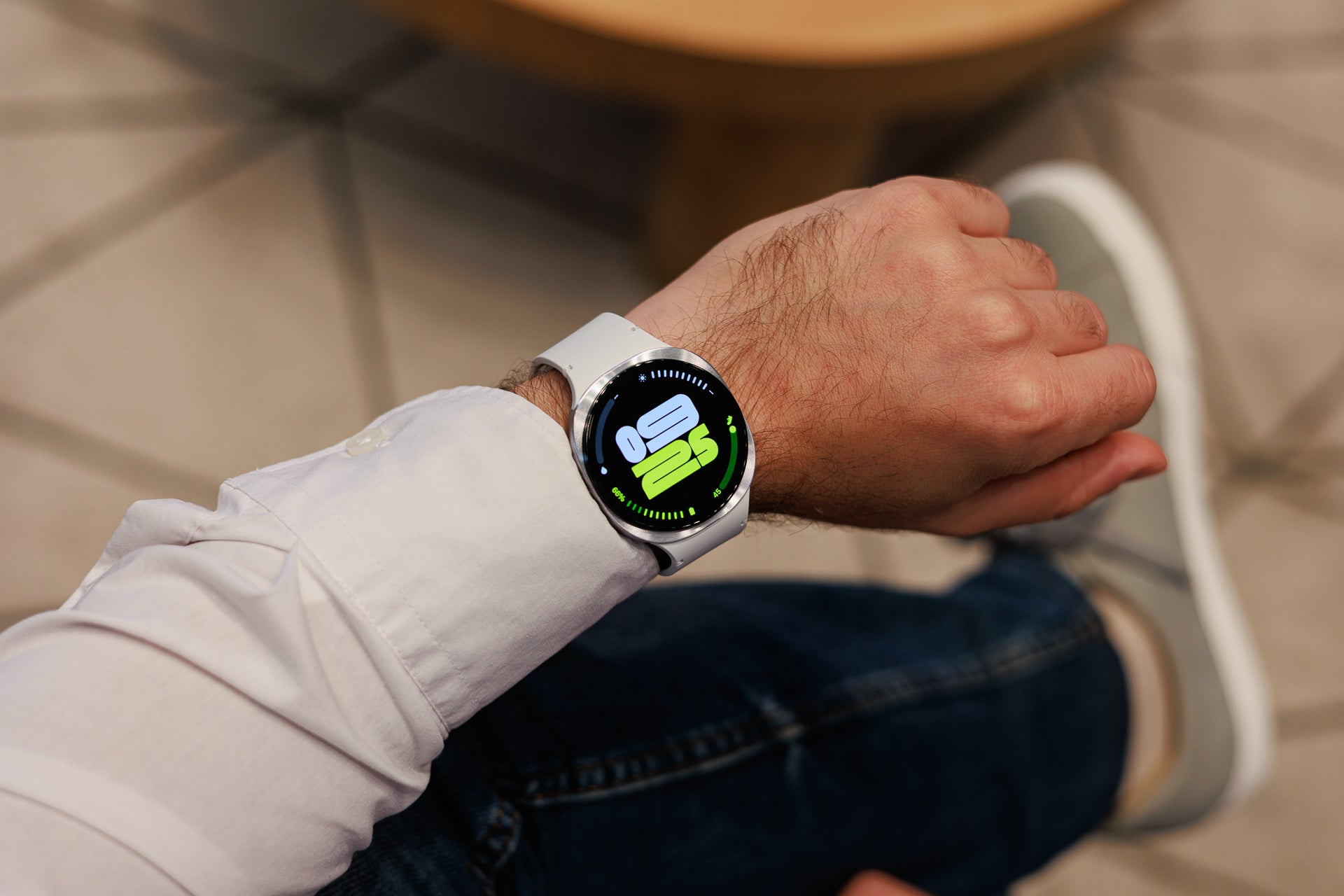Quark’s Outlines: Python Object Identity
Overview, Historical Timeline, Problems & Solutions An Overview of Python Object Identity What is object identity in Python? Every object in Python has a unique identity. The identity tells Python where the object lives in memory. It is fixed and does not change as long as the object exists. You can check an object’s identity using the id() function. You can also compare the identity of two objects using the is operator. If two names point to the same object, they have the same identity. Python lets you compare object identity using is and id(). a = [1, 2, 3] b = a print(a is b) # True print(id(a), id(b)) # Same number Both names point to the same object in memory. How is identity different from value? The value of an object is what it holds. The identity is where it lives. Two objects can have the same value but different identities. This happens often with mutable objects like lists. Identity is useful when you want to know if two names refer to the exact same object. It does not tell you if their contents are equal. That’s what the == operator does. A Historical Timeline of Python Object Identity Where does object identity come from? The idea of object identity comes from early computing, where each item in memory has an address. Python keeps this idea to help manage memory and object behavior. People built memory-based systems. 1945 — Memory model with address identity, Von Neumann architecture gave each value a fixed location. 1972 — Pointers in C, made object identity visible and useful for tracking memory. 1983 — Reference counting, used in CPython to track how many names point to an object. People made identity part of Python. 1991 — Python 0.9.0, every object got a unique identity and could be compared with is. 2000 — id() function stable, Python 2.0 made id() always return a number that reflects the object’s identity. 2025 — Identity rules unchanged, Python still uses memory address identity under the hood. Problems & Solutions with Python Object Identity How does object identity help you know what is what? Python uses identity to help track what names refer to. Identity is useful when testing for shared state, caching, or understanding mutation. These examples show how object identity helps solve common tasks. Problem 1: Testing if two names point to the same object Problem: You hand your friend a book. Later, your friend gives it back. You want to know if it’s the exact same copy. Solution: Use the is operator to check identity. Use == to check value. Python lets you test if two names point to the same object. book1 = ["title", "author"] book2 = book1 print(book1 is book2) # True Both names refer to the same object in memory. Problem 2: Same value, different objects Problem: You have two plastic cups that look the same. But they are not the same copy. Solution: Two objects may look the same but live in different places. Use is to test identity. Python lets you separate same-value and same-object cases. cup1 = [1, 2] cup2 = [1, 2] print(cup1 == cup2) # True print(cup1 is cup2) # False These are two different list objects, even though they look the same. Problem 3: Tracking shared mutation Problem: You hand out two copies of a form. You change one, and the other changes too. You realize they were the same copy. Solution: When two names share identity, changes in one affect the other. Python lets you trace shared state using identity. form1 = {"name": "Ada"} form2 = form1 form2["name"] = "Alan" print(form1["name"]) # "Alan" Both names point to the same dict, so a change in one is seen in both. Problem 4: Identity reuse in immutable types Problem: You assign a = 1 and b = 1 in two lines. You want to know if they are the same object. Solution: For small immutable types like integers, Python may reuse the same object. Python may reuse immutable objects with the same value. a = 1 b = 1 print(a is b) # Often True Python may give both names the same identity, but this is not guaranteed for all values. Problem 5: Avoiding accidental shared state Problem: You want to make a copy of a list, but both names point to the same one. When you change one, the other changes too. Solution: Use copy() or slicing to make a new object with a new identity. Python lets you avoid shared identity by copying. a = [1, 2, 3] b = a.copy() a[0] = 99 print(b[0]) # Still 1 Now a and b point to different objects with the same starting value. Like, Comment, Share, and Subscribe Did you find this helpful? Let me know by clicking the like button below. I'd love to hear your thoughts in the comments, too! If you want to see more content like this, don't forget to subscribe to my channel. Thanks for reading! Mike Vincent is an American software engineer and writer based in Los Ange

Overview, Historical Timeline, Problems & Solutions
An Overview of Python Object Identity
What is object identity in Python?
Every object in Python has a unique identity. The identity tells Python where the object lives in memory. It is fixed and does not change as long as the object exists.
You can check an object’s identity using the id() function. You can also compare the identity of two objects using the is operator. If two names point to the same object, they have the same identity.
Python lets you compare object identity using is and id().
a = [1, 2, 3]
b = a
print(a is b) # True
print(id(a), id(b)) # Same number
Both names point to the same object in memory.
How is identity different from value?
The value of an object is what it holds. The identity is where it lives. Two objects can have the same value but different identities. This happens often with mutable objects like lists.
Identity is useful when you want to know if two names refer to the exact same object. It does not tell you if their contents are equal. That’s what the == operator does.
A Historical Timeline of Python Object Identity
Where does object identity come from?
The idea of object identity comes from early computing, where each item in memory has an address. Python keeps this idea to help manage memory and object behavior.
People built memory-based systems.
1945 — Memory model with address identity, Von Neumann architecture gave each value a fixed location.
1972 — Pointers in C, made object identity visible and useful for tracking memory.
1983 — Reference counting, used in CPython to track how many names point to an object.
People made identity part of Python.
1991 — Python 0.9.0, every object got a unique identity and could be compared with is.
2000 — id() function stable, Python 2.0 made id() always return a number that reflects the object’s identity.
2025 — Identity rules unchanged, Python still uses memory address identity under the hood.
Problems & Solutions with Python Object Identity
How does object identity help you know what is what?
Python uses identity to help track what names refer to. Identity is useful when testing for shared state, caching, or understanding mutation. These examples show how object identity helps solve common tasks.
Problem 1: Testing if two names point to the same object
Problem: You hand your friend a book. Later, your friend gives it back. You want to know if it’s the exact same copy.
Solution: Use the is operator to check identity. Use == to check value.
Python lets you test if two names point to the same object.
book1 = ["title", "author"]
book2 = book1
print(book1 is book2) # True
Both names refer to the same object in memory.
Problem 2: Same value, different objects
Problem: You have two plastic cups that look the same. But they are not the same copy.
Solution: Two objects may look the same but live in different places. Use is to test identity.
Python lets you separate same-value and same-object cases.
cup1 = [1, 2]
cup2 = [1, 2]
print(cup1 == cup2) # True
print(cup1 is cup2) # False
These are two different list objects, even though they look the same.
Problem 3: Tracking shared mutation
Problem: You hand out two copies of a form. You change one, and the other changes too. You realize they were the same copy.
Solution: When two names share identity, changes in one affect the other.
Python lets you trace shared state using identity.
form1 = {"name": "Ada"}
form2 = form1
form2["name"] = "Alan"
print(form1["name"]) # "Alan"
Both names point to the same dict, so a change in one is seen in both.
Problem 4: Identity reuse in immutable types
Problem: You assign a = 1 and b = 1 in two lines. You want to know if they are the same object.
Solution: For small immutable types like integers, Python may reuse the same object.
Python may reuse immutable objects with the same value.
a = 1
b = 1
print(a is b) # Often True
Python may give both names the same identity, but this is not guaranteed for all values.
Problem 5: Avoiding accidental shared state
Problem: You want to make a copy of a list, but both names point to the same one. When you change one, the other changes too.
Solution: Use copy() or slicing to make a new object with a new identity.
Python lets you avoid shared identity by copying.
a = [1, 2, 3]
b = a.copy()
a[0] = 99
print(b[0]) # Still 1
Now a and b point to different objects with the same starting value.
Like, Comment, Share, and Subscribe
Did you find this helpful? Let me know by clicking the like button below. I'd love to hear your thoughts in the comments, too! If you want to see more content like this, don't forget to subscribe to my channel. Thanks for reading!
Mike Vincent is an American software engineer and writer based in Los Angeles. More about Mike Vincent






























































.jpg)





















































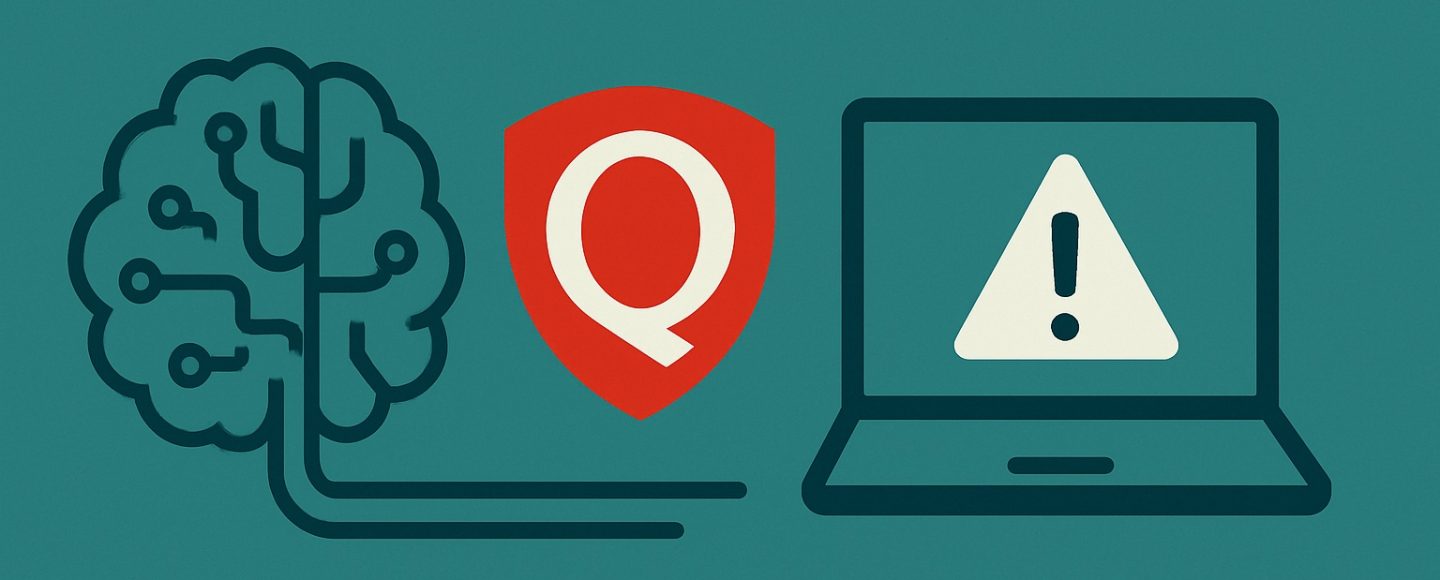























































![[The AI Show Episode 151]: Anthropic CEO: AI Will Destroy 50% of Entry-Level Jobs, Veo 3’s Scary Lifelike Videos, Meta Aims to Fully Automate Ads & Perplexity’s Burning Cash](https://www.marketingaiinstitute.com/hubfs/ep%20151%20cover.png)























































































































![[DEALS] Internxt Cloud Storage: Lifetime Subscription (85% off) & Other Deals Up To 98% Off – Offers End Soon!](https://www.javacodegeeks.com/wp-content/uploads/2012/12/jcg-logo.jpg)



![From electrical engineering student to CTO with Hitesh Choudhary [Podcast #175]](https://cdn.hashnode.com/res/hashnode/image/upload/v1749158756824/3996a2ad-53e5-4a8f-ab97-2c77a6f66ba3.png?#)



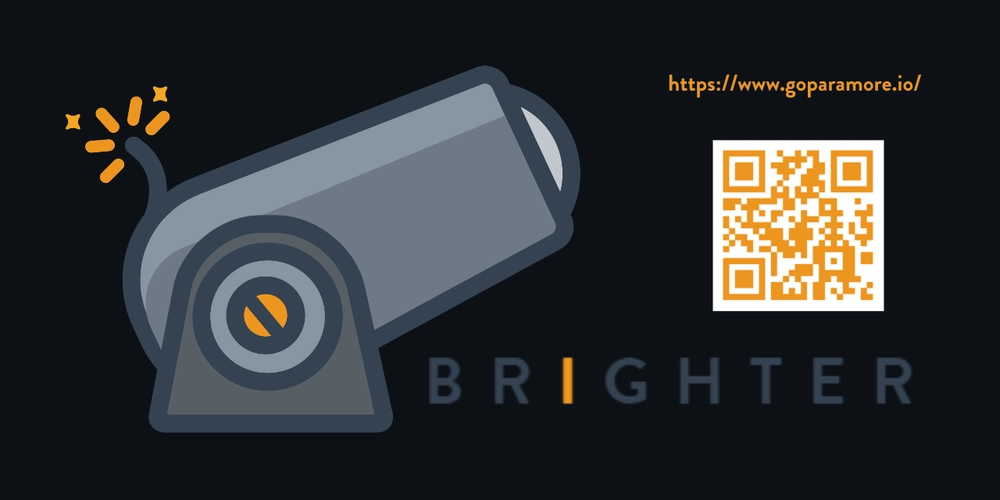



























































.jpg?width=1920&height=1920&fit=bounds&quality=70&format=jpg&auto=webp#)





















































.jpg?width=1920&height=1920&fit=bounds&quality=70&format=jpg&auto=webp#)























_Michael_Vi_Alamy.jpg?width=1280&auto=webp&quality=80&disable=upscale#)









































































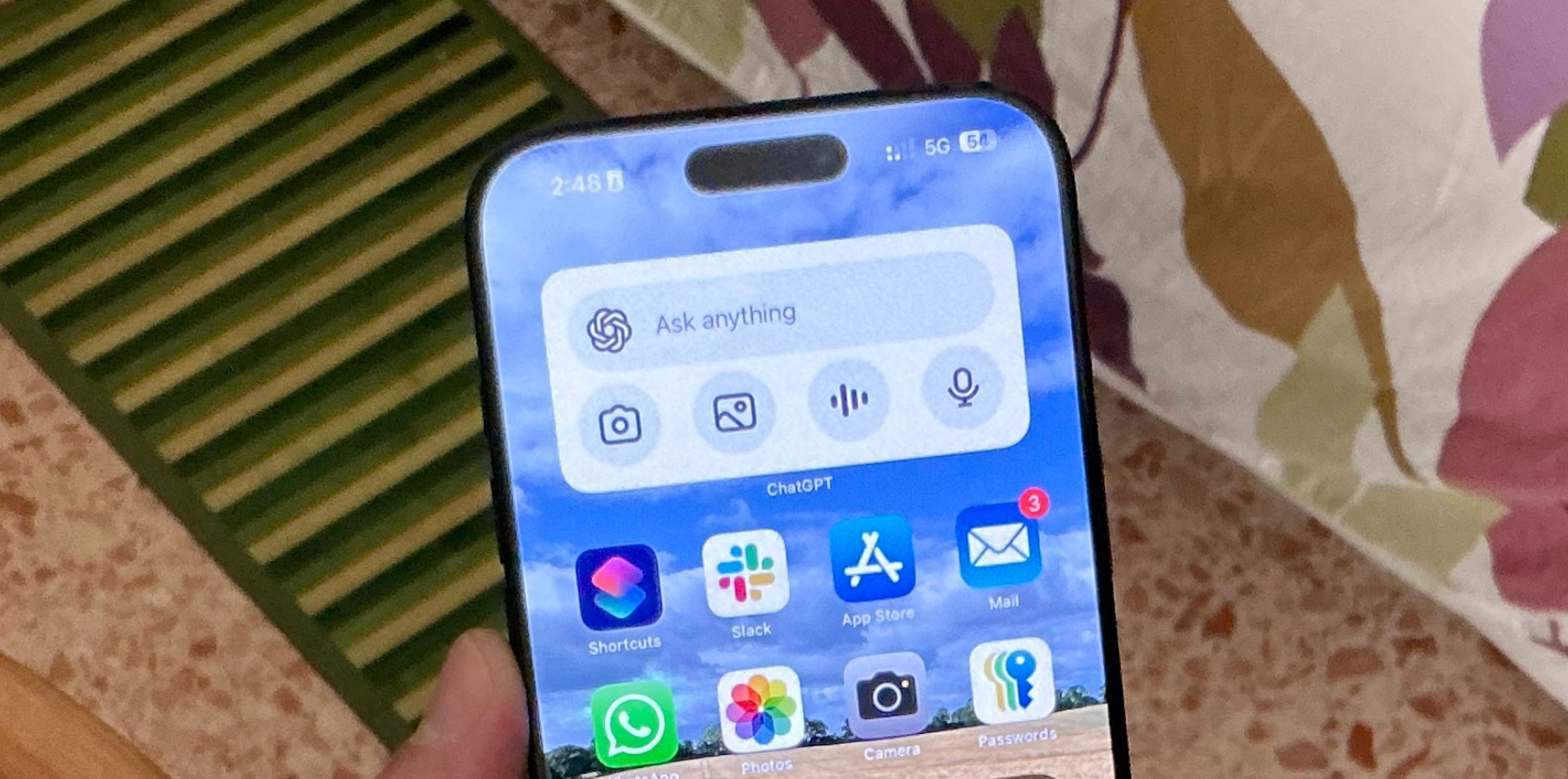






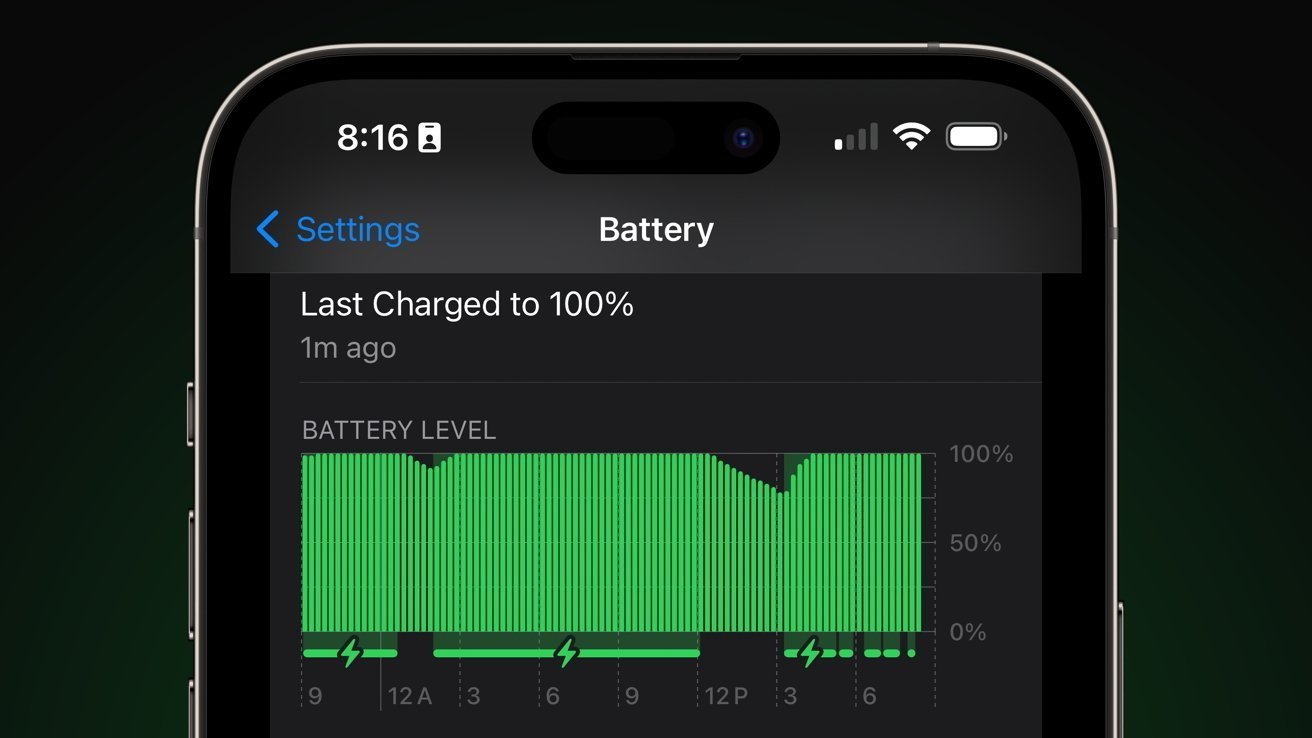














![Google Messages rolls out taller, 14-line text field [U]](https://i0.wp.com/9to5google.com/wp-content/uploads/sites/4/2024/06/Google-Messages-2.jpg?resize=1200%2C628&quality=82&strip=all&ssl=1)














![Apple Planning Futuristic 'Glasswing' iPhone With Curved Glass and No Cutouts [Gurman]](https://www.iclarified.com/images/news/97534/97534/97534-640.jpg)



















































